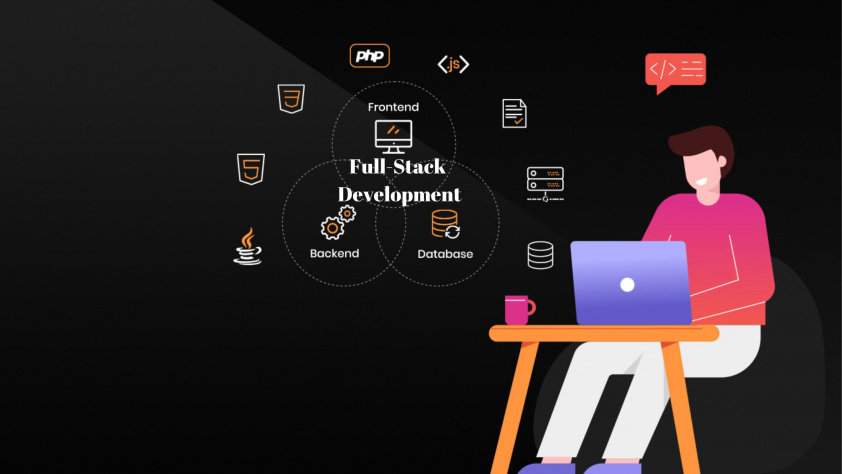In the expansive world of the internet, web development stands as the foundational bedrock upon which digital experiences are constructed. In this comprehensive introduction, we will delve into the core principles of web development, differentiate between front-end and back-end development, and emphasize the pivotal roles of responsive design and user experience (UX) in shaping the digital landscape.
The Fundamentals of Web Development:
Web development is the dynamic process of designing, building, and maintaining websites and web applications. It combines an array of disciplines, including design, programming, and content creation, to craft digital interfaces that serve a myriad of purposes. From simple blogs and portfolios to complex e-commerce platforms, web development is the creative force that brings ideas to life on the internet.
Front-End vs. Back-End Development:
- Front-End Development:
- Front-end development, often referred to as client-side development, places its primary focus on user interfaces and user experiences. It is akin to the architect’s role in constructing a digital building, where aesthetics and usability take center stage.
- Key Front-End Skills: Proficiency in HTML (Hypertext Markup Language), CSS (Cascading Style Sheets), and JavaScript forms the bedrock of front-end development. These technologies enable developers to craft visually appealing, user-friendly web interfaces that adapt seamlessly across various devices.
- Back-End Development:
- Back-end development, known as server-side development, operates behind the scenes, powering the functionality of websites and applications. While its work may remain hidden from the end user, it serves as the engine that processes requests, manages databases, and ensures the seamless functioning of the digital experience.
- Key Back-End Skills: Back-end developers work with programming languages such as Python, Ruby, PHP, and databases like MySQL and MongoDB. Their responsibilities encompass server management, data storage, and the facilitation of communication between the front-end and the server.
Responsive Design and User Experience (UX):
In the contemporary digital landscape, two cornerstones dictate success: responsive design and user experience.
- Responsive Design:
- In an age where users access websites on a multitude of devices, responsive design emerges as the cornerstone of adaptability. This practice involves creating web interfaces that fluidly adjust to diverse screen sizes and orientations. A responsive website ensures that whether viewed on a desktop, tablet, or smartphone, the user experience remains consistent and intuitive.
- User Experience (UX):
- UX encompasses the entire spectrum of a user’s interaction with a website or application. It transcends aesthetics, extending to encompass usability, accessibility, and overall satisfaction. A positive UX is indispensable for retaining users, fostering engagement, and achieving the intended objectives of a website or application.
As we journey deeper into the realm of web development, these foundational principles will serve as our guiding stars. They are the keystones upon which successful digital experiences are constructed, ensuring that the ever-evolving digital landscape continues to captivate and serve users across the globe.



